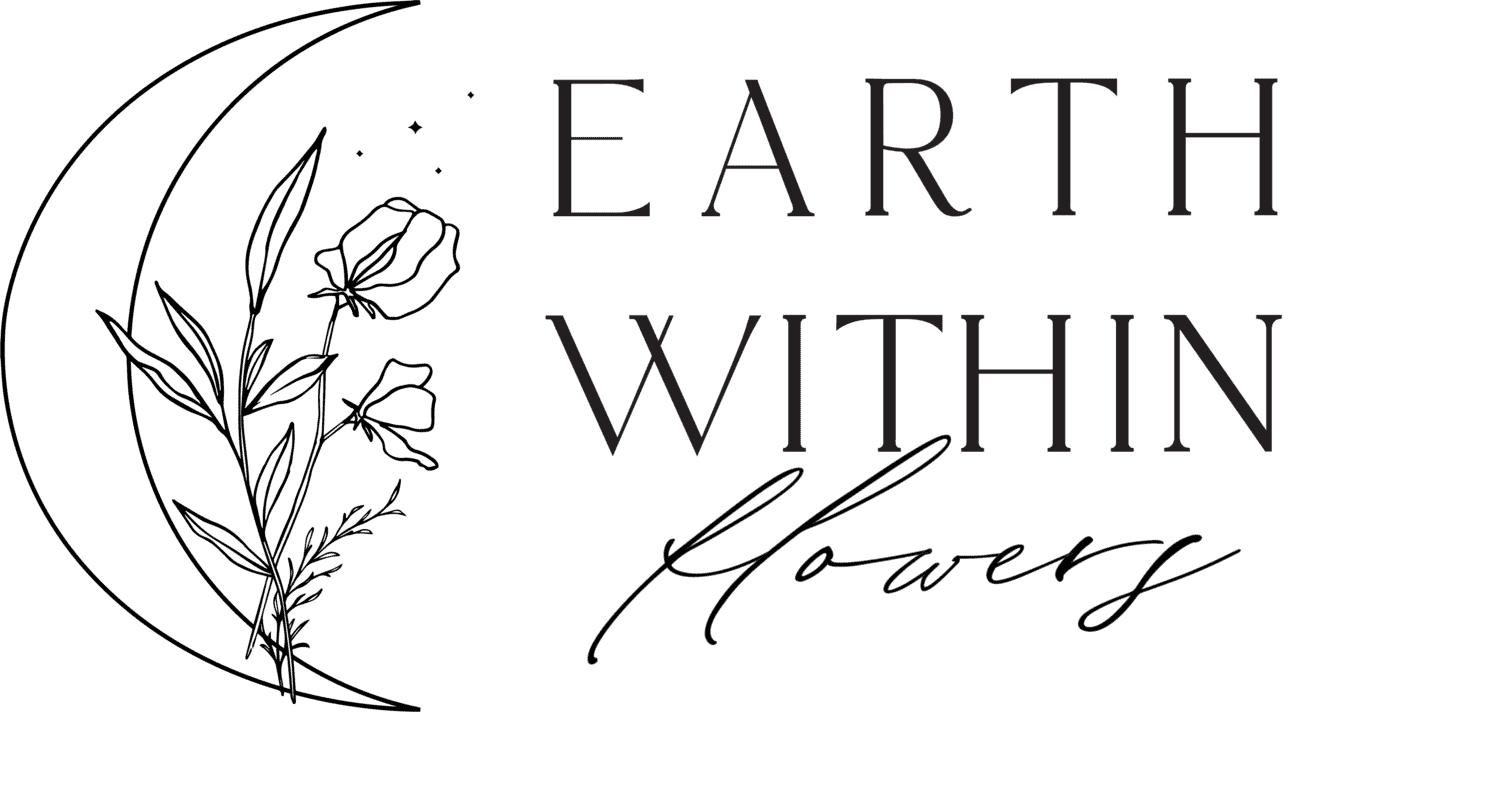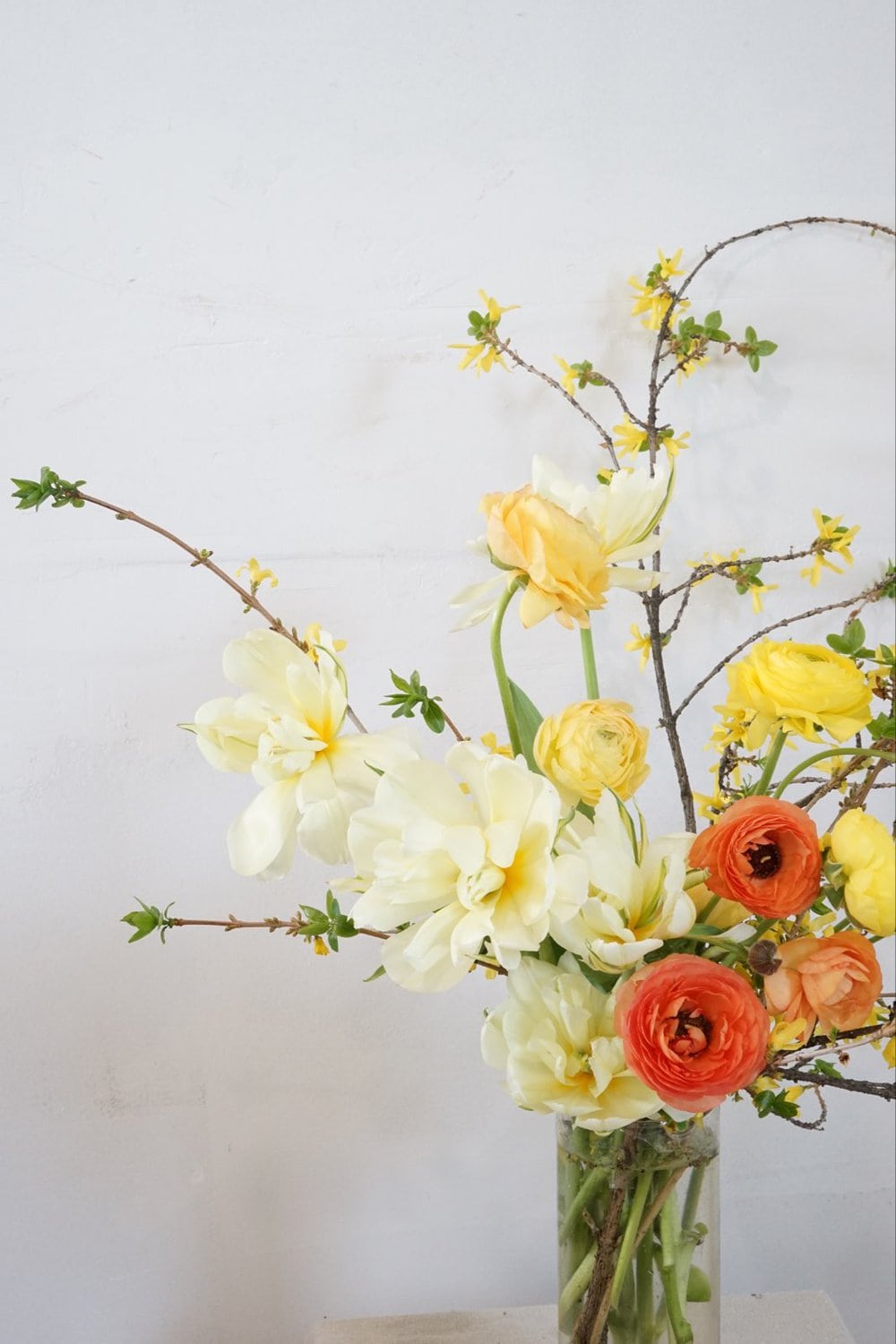The Best Sustainable Floristry Tools for Eco-Friendly Arrangements
When it comes to creating eco-friendly floral designs, having the right tools is just as important as the flowers themselves. Today’s florists are looking for a simple place to find trusted sustainable tools that reduce waste and support beautiful, long-lasting arrangements. Whether you’re a seasoned designer or a hobbyist, making smart purchases from a reputable seller can help you align your floral practice with environmental values—without sacrificing style or function. Tools like reusable flower frogs, bendable wire grids, and compostable foam alternatives are now more affordable and accessible than ever, making sustainability a practical choice at nearly any price point.
Eco-conscious florists often prefer products that offer easy functionality and durability, like flower grids that insert neatly over vases or wire supports that hold floral stems securely in place. These tools are not only reusable but also help streamline the design process, letting florists focus more on creativity and less on setup. As more professionals make the shift toward green design, investing in sustainable floristry tools has become a meaningful way to support both the planet and the art of floral arrangement.
Introduction to Sustainable Floristry
Sustainable floristry is more than a trend—it’s a purpose-driven practice embraced by eco-conscious creatives who want to reduce their environmental footprint while celebrating beauty. By choosing sustainable floristry tools, florists can create artful, planet-friendly arrangements using durable mechanics like flower frogs, reusable grids, and wire supports. Whether you run a local shop or design florals for weddings and events, these tools help support your sustainability mission while still delivering stunning results. This growing movement requires not only passion but also continuous education and access to ethical eco florist supplies that can be used again and again.
Essential Tools for Sustainable Floristry
A few key tools are revolutionizing the way florists work. Chicken wire remains one of the most versatile reusable floral tools—ideal for building large installations, wrapping stems, or anchoring bouquets. Hairpin flower holders offer flexibility, attaching to vases like traditional frogs while securing individual stems with loops. For floral designers favoring lush arrangements or ikebana styles, classic metal flower frogs are a timeless and sustainable solution.
Florists are also turning to Agrawool, a compostable floral foam alternative made from mineral basalt fibers, which mimics the supportive structure of traditional foam without the environmental toll. Flower grids, made of flexible wire or coated materials, fit snugly over vases to guide stems in place, reducing reliance on disposable materials. These floral accessories are now available in eco-minded shops offering low-waste shipping options to help florists meet their green goals.
Mechanics That Make a Difference
The mechanics florists use are the backbone of floral design—and when they’re sustainable, they become part of the solution. Wire flower arranging tools, floral frogs, and secure flower grids not only reduce waste but also empower designers to work more efficiently and creatively. When building arrangements, simply press the flower grid over the vase and secure the outer arcs for easy stem placement. Chicken wire adds stability while staying invisible under your blooms.
Florists using these eco florist supplies are able to offer clients beauty without compromise. These small swaps make a big difference when integrated into everyday workflow, improving sustainability across the entire design process. For many, the purpose behind their practice is just as important as the final product—something customers increasingly value.
Innovative Vessels and Sustainable Accessories
Pairing your sustainable tools with reusable vessels and natural materials amplifies your impact. Collaborations between designers and companies like Accent Decor have brought to life vessels made with environmental intention—crafted for repeated use, visual elegance, and minimal waste. Incorporating accessories like reclaimed glass jars, foraged branches, and upcycled containers gives arrangements rustic charm and meaningful backstories.
These thoughtful combinations enable florists to express both creativity and care. Whether you’re styling a wedding arch or building a centerpiece, using innovative vessels designed with sustainable floristry tools supports a design philosophy rooted in integrity, artistry, and responsibility.
Best Practices for Sustainable Floral Design
Sustainable floristry isn’t about perfection—it’s about consistent progress. Florists can commit to best practices by reducing single-use plastics, selecting eco florist supplies, and focusing on reusable floral tools. Simple practices like choosing locally grown, seasonal blooms or composting waste go a long way. When building arrangements, make it a habit to use flower frogs or chicken wire instead of floral foam, and source your tools from shops with ethical sourcing and low-waste shipping policies.
It’s also helpful to educate clients about your sustainability efforts. Include cards explaining the design mechanics, or offer discounts for vessel returns to encourage a circular economy within your own flower business.
Secure Floral Stems with Outer Wire Arcs: A Sturdy Arranging Tool Using Chicken Wire
When designing sustainable flower arrangements, one useful tip is to incorporate tools like floral grids with outer wire arcs that help secure your stems in place. These arcs are not only sturdy, making them ideal for supporting large or delicate blooms, but they also provide a reusable alternative to single-use floral foam. By gently pressing the outer wire arcs around the rim of your vase, you can create a stable structure that allows for more creative and eco-friendly designs. Many florists find this method not only effective but also enjoyable to work with—especially when documenting their process with fun pictures for social media or portfolios. Using these simple mechanics, sustainable floral design becomes both practical and beautiful.
Education and Training for Eco Florists
Knowledge is essential when it comes to mastering sustainable floristry. Whether you’re new to the field or looking to refine your practice, continuing education through workshops, virtual classes, and on-demand video lessons can transform your approach. Many courses now focus specifically on sustainable floristry tools, teaching florists how to use materials like Agrawool, chicken wire, and flower grids effectively.
These courses don’t just teach technique—they also offer strategies for marketing, ethical sourcing, and sustainable shipping. By learning from experienced floral designers, you’ll be better equipped to make your purpose-driven brand stand out and thrive.
Marketing Your Sustainable Floristry Practice
Telling your story is just as important as crafting beautiful work. Use your website, social media, and email marketing to highlight your use of sustainable floristry tools, reusable floral tools, and eco florist supplies. Keywords like “zero-waste floral design,” “conscious gifting,” and “local, seasonal arrangements” appeal to today’s mindful consumers.
Collaborate with other sustainable brands or event planners and participate in local eco-markets to promote your values. When customers understand your purpose and commitment to sustainability, they become loyal advocates for your brand.
Conclusion
Sustainable floristry is a creative, evolving practice that allows florists to celebrate beauty while honoring the planet. By investing in the best sustainable floristry tools, choosing eco florist supplies, and embracing reusable floral tools, you help lead the industry toward a greener future. From design mechanics to shop choices and shipping practices, every detail reflects your purpose. As you refine your methods and share your story, your work becomes not just beautiful—but deeply meaningful.

